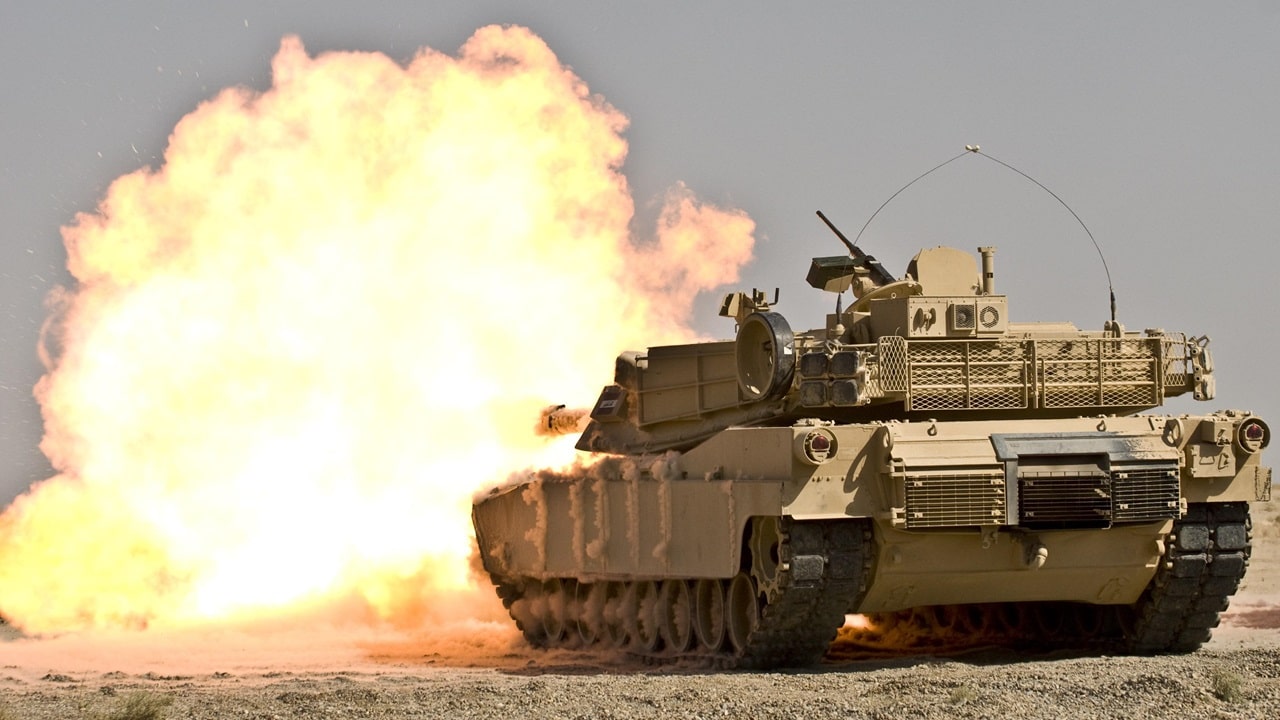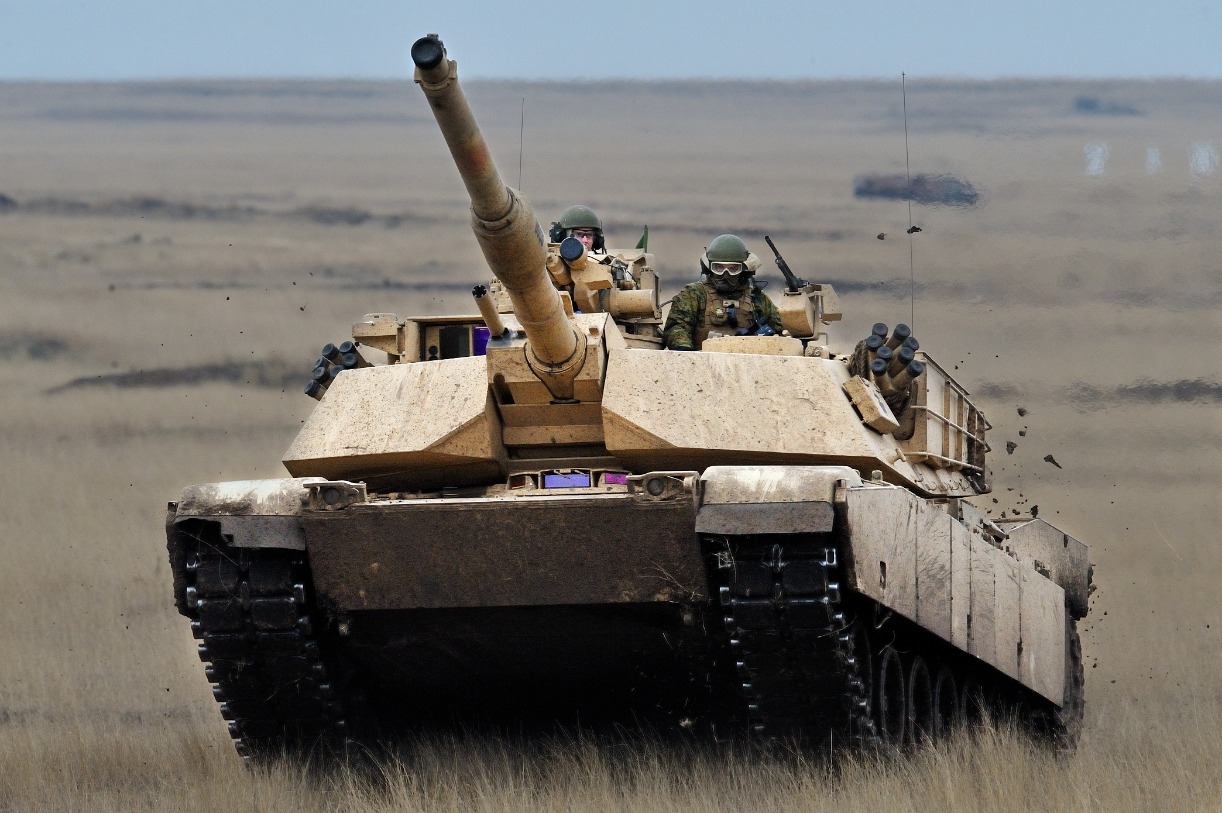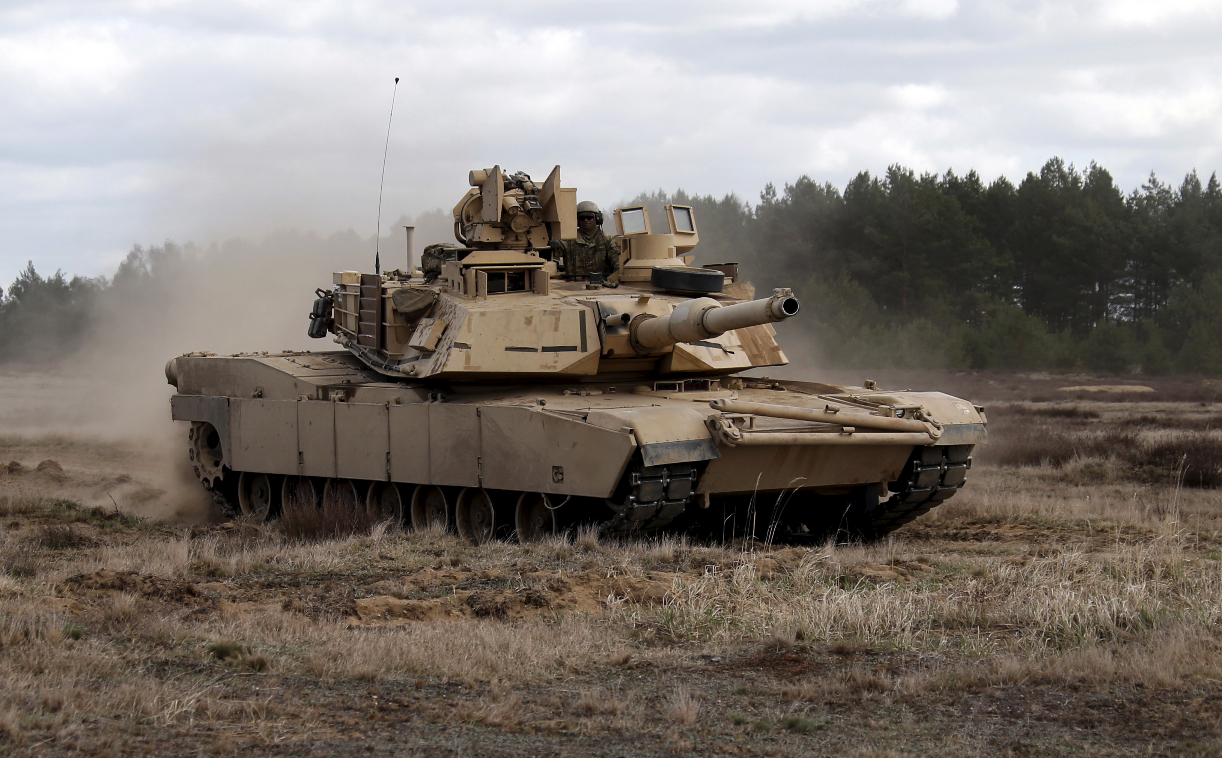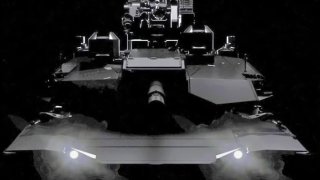AbramsX: The U.S. Army's New Tank Has Just 1 Mission
The future of main battle tanks (MBTs) seemed uncertain until the ongoing conflict in Ukraine highlighted their strategic importance. The U.S. Army has now approved the development of the next-generation MBT, the AbramsX, an upgraded variant of the M1 Abrams tank.
Summary and Key Points: The future of main battle tanks (MBTs) seemed uncertain until the ongoing conflict in Ukraine highlighted their strategic importance. The U.S. Army has now approved the development of the next-generation MBT, the AbramsX, an upgraded variant of the M1 Abrams tank.

-The Abrams series has been a cornerstone of the U.S. armored corps for four decades and is considered among the best globally.
-The AbramsX will feature significant advancements, including a hybrid-electric drive system, enhanced fuel efficiency, and reduced thermal and acoustic signatures. The tank, according to some experts, is designed and built to expressly help win a great-power war against China or Russia.
-Despite these improvements, the Pentagon is concerned about the high costs of production and maintenance, especially in the context of potential conflicts with China.
AbramsX: The U.S. Army’s Next-Generation Battle Tank Unveiled
The future of main battle tanks (MBT) was up in the air as of two and a half years ago.
Since Russia’s invasion of Ukraine commenced, however, armored vehicles have proven to be essential components of modern warfare strategy. The U.S. Army has greenlit the development of its own next-generation MBT- an upgraded M1 Abrams variant dubbed the AbramsX. For four decades the Abrams series of MBTs has remained the mainstay of the Army’s armored corps. This successful tank family is widely considered to be the best of its kind across the globe. When the AbramsX eventually makes its debut, the new tank is expected to be unmatched on the battlefield.
A brief history of the Abrams tank series
The M1 Abrams tank is derived from a collaborative 1960’s program between the U.S. and West Germany to produce replacement tanks for the M60 Patton and Leopard 1 respectively. The joint effort was in part provoked by the USSR’s production of advanced MBTs, most notably the T-62. While the program’s resulting MBT-70 possessed far greater capabilities than its predecessors, design differences and budgetary constraints eventually forced the Department of Defense to leave the program. Instead, American engineers began working on its own MBT-70 variant- the XM803- to replace the Patton.
Introducing the AbramsX:
When the M1 Abrams was first introduced to service, it featured a range of enhancements that made it superior to its foreign counterparts, including new technological characteristics like the Chobham composite armor, a computer fire control system and compartmentalized ammunition storage.
The latest Abrams variants are equipped with even more sophisticated components and armaments. The Army’s upcoming AbramsX iteration is expected to showcase upgrades, including a hybrid-electric drive propulsion system. In addition to providing improvements in fuel efficiency, the new system will ensure increased survivability and protection with lower thermal and acoustic signatures.
As explained by Stephen Bryen in the Asia Times, “The argument for hybrid electric is that it would allow tank operations to sometimes be “silent” (running solely on battery power). In those circumstances, the tank’s thermal signature would be far less, meaning that weapons that key on heat sources won’t be threats when the engine is off. From an operational and logistical point of view, it would seem that a hybrid electric tank has a significant advantage.” The AbramsX will also be smaller than its predecessors, allowing it to use less fuel consumption when on the move.

Despite these expected capabilities, the Pentagon is not fully thrilled with the upcoming AbramsX series. Perhaps most pressing is the new tank’s associated costs. Both Ukraine and Russia have lost countless numbers of MBTs throughout the ongoing invasion. If AbramsX tanks are massively expensive to produce and maintain, they may be too costly to replace in war.
Tensions between Washington and Beijing are continuing to escalate so the Pentagon is understandably focused on the AbramsX’s role in a potential war against China.

About the Author: Maya Carlin
Maya Carlin, National Security Writer with The National Interest, is an analyst with the Center for Security Policy and a former Anna Sobol Levy Fellow at IDC Herzliya in Israel. She has by-lines in many publications, including The National Interest, Jerusalem Post, and Times of Israel. You can follow her on Twitter: @MayaCarlin.
All images are Creative Commons or Shutterstock.


